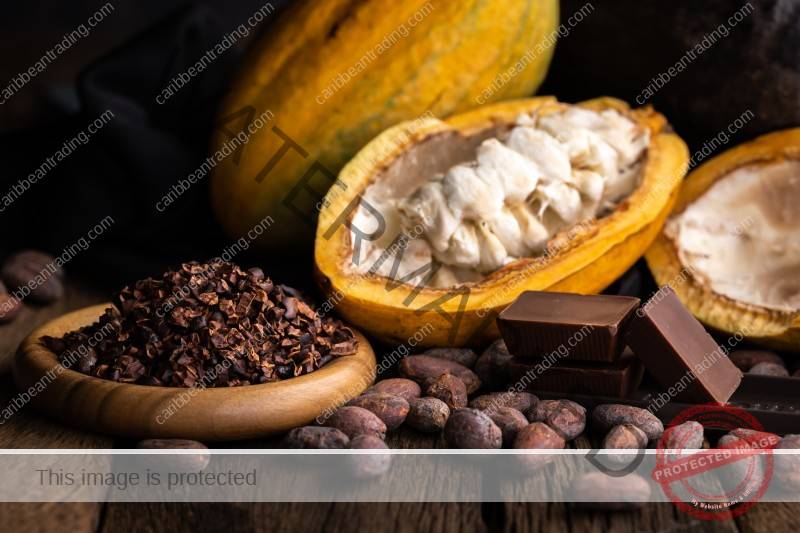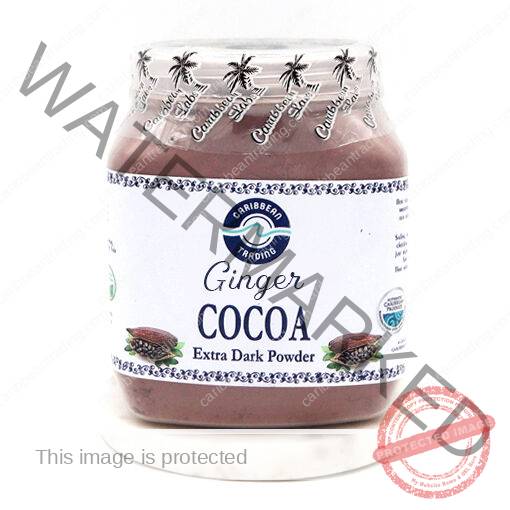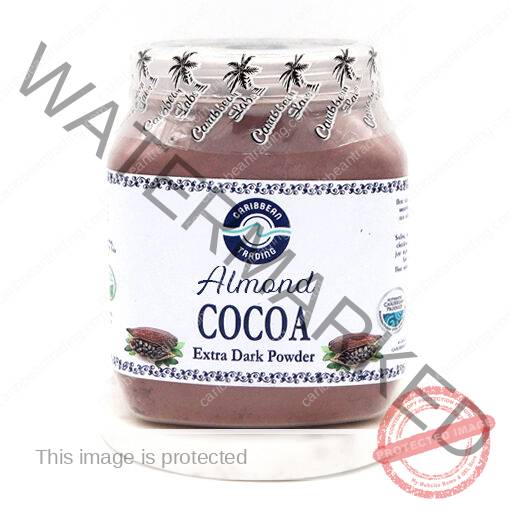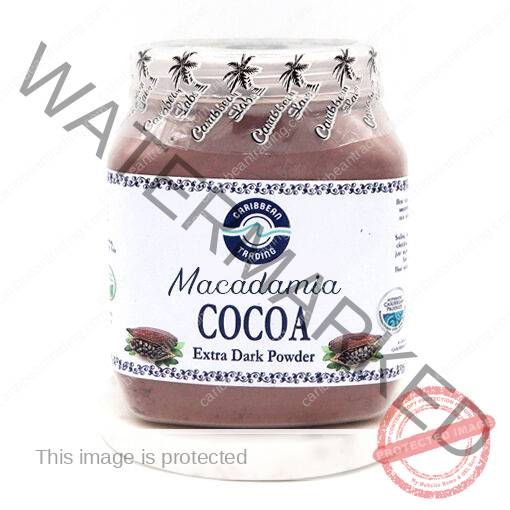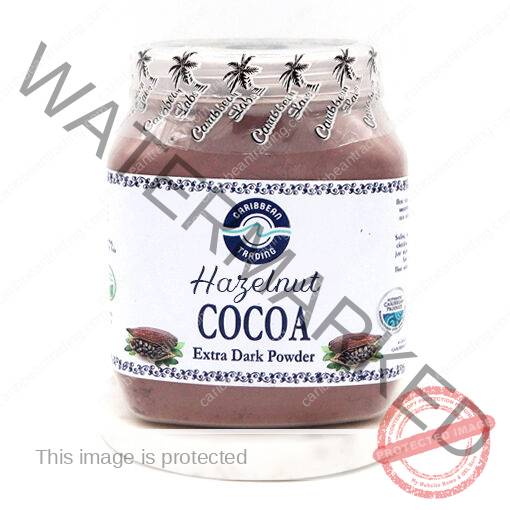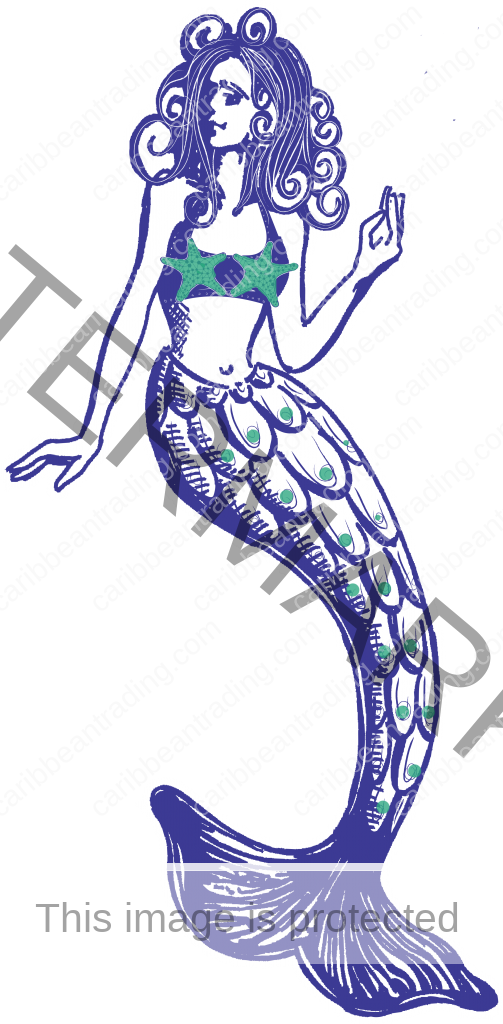Caribbean Lifestyle, Food & Recipes
What is Caribbean Chocolate and How to Prepare It
The allure of chocolate transcends borders, exquisite taste buds, and hearts worldwide. Among the many regions that boast a deep-rooted tradition of chocolate production, the Caribbean holds a special place.
The sun-kissed islands of the Caribbean are renowned for their breathtaking landscapes, vibrant culture, and, of course, their delectable chocolate. Explore the essence of Caribbean chocolate, its origins, unique characteristics, production methods, and significance in the culinary world.
The Historical Roots of Chocolate
To understand what Caribbean Chocolate is, it is vital to go back to its deep historical roots in Central America, originating from the ancient civilizations of the Mayans and Aztecs.
The indigenous peoples of the Caribbean region cultivated cacao trees and processed the beans into a bitter beverage called “xocoatl” or “chocolatl.” With the arrival of Columbus in the region in the 15th century, cacao beans were introduced to Europe, marking the beginning of Chocolate’s global journey.
The Spanish Conquistadores played a crucial role in disseminating Chocolate throughout the Caribbean. Hernán Cortés, in particular, encountered the Aztec ruler Montezuma, who served him a frothy chocolate drink.
Recognizing its value, Cortés brought cacao beans and chocolate-making knowledge back to Spain. The Spanish colonizers then established cacao plantations in the Caribbean, taking advantage of the region’s favorable climate for cultivation.
Enslaved Africans brought to the Caribbean during the transatlantic slave trade significantly contributed to cacao production. They provided the labor necessary for cultivating cacao trees, harvesting the pods, and processing the beans.
The Caribbean became a central cacao-producing region, with plantations established in various islands such as Jamaica, Puerto Rico, and Cuba. The demand for Chocolate grew steadily in Europe, further fueling the expansion of cacao cultivation and chocolate production in the Caribbean.
Despite the shift of global cacao production to other regions in the 19th century, central America continues to play a role in the chocolate industry. Today, several countries, including the Dominican Republic, Puerto Rico, Haiti, and Trinidad, produce high-quality cocoa beans in their shops and businesses.
Most Common Varieties of Caribbean Cacao
The Caribbean region is known for its rich and diverse cacao varieties, which produce some of the finest cocoa beans in the world. These are a few notable varieties of it:
Trinitario
Trinitario is a hybrid variety that originated in Trinidad, hence its name. It crosses the delicate Criollo and the hardy Forastero cacao varieties. These cacao beans are highly prized for their complex flavors, which often exhibit floral, fruity, and nutty notes.
What makes them so popular is their aromatic qualities, as well as often being considered some of the best cacao beans in the world.
Criollo
It is one of the oldest and most prestigious varieties of cacao. Criollo has delicate and refined flavors, often described as mild, creamy, and with hints of spices and nuts. Its cacao trees are more susceptible to disease and have lower yields than other varieties, making them relatively rare.
Forastero
Another common and widely grown variety of cacao in the Caribbean and many other cocoa-producing regions is the Forastero. It is known for its robust flavor profile, which is often described as bold, earthy, and sometimes bitter.
Forastero trees are hardy and have higher yields than other varieties, making them more resistant to pests and diseases.
Nacional
While primarily associated with Ecuador, the Nacional variety can also be found in some Caribbean countries, particularly in Venezuela.
Nacional cacao beans are known for their floral and fruity flavors, often with red berries and citrus notes. The variety gained popularity for its delicate flavor and has significantly influenced the chocolate industry’s development.
Amelonado
Amelonado is a term used to refer to a group predominantly cultivated in the Caribbean and West Africa. The flavor profile of Amelonado beans can vary, but their strong and intense chocolate flavors generally characterize them.
The primary use of this type of cocoa bean is to create bulk chocolate production, and they are known for their high yields.
The Many Flavor Profiles of Chocolate
Chocolate comes in various forms and types, each with unique characteristics and flavors. These are some popular types of chocolate:
- Milk chocolate. The most common type of chocolate is made with cocoa solids, cocoa butter, sugar, and milk powder. It has a creamy and sweet flavor and is used for many desserts.
- Dark chocolate. It has a higher percentage of cocoa solids and less sugar than milk chocolate. It typically contains no milk solids and has a more intense and slightly bitter taste. The rate of cocoa content can vary, with options ranging from 70% to 90% cocoa solids.
- White chocolate. Although some debate exists whether white chocolate is genuinely chocolate since it contains no cocoa solids, it is still considered a type of them. It is made from cocoa butter, sugar, and milk solids, giving it a rich and sweet flavor.
- Semi-sweet chocolate. Also known as bittersweet, this type of cocoa has a higher percentage of cocoa solids and less sugar than milk chocolate. It has a more pronounced bitter flavor and is commonly used in baking.
- Unsweetened chocolate. Known by many as baking chocolate, it is a pure chocolate liquor consisting of ground cocoa beans with no added sugar. It is highly bitter and is primarily used in baking or cooking.
- Couverture chocolate. A high-quality type that contains a high percentage of cocoa butter, making it glossy and easy to melt. Many professional chocolatiers and pastry chefs use it for dipping, molding, and coating confections.
- Ruby chocolate. It is a relatively new type of chocolate introduced in 2017. It has a unique pink color and a slightly fruity and tangy flavor. It is made from specially selected cocoa beans and contains no added dyes or flavorings.
These are some of the many types of chocolate available. Each type has its unique qualities, and the taste can vary depending on the brand and origin of the chocolate.
How to Prepare Puerto Rican Chocolate
Preparing a traditional Caribbean chocolate recipe from Puerto Rico involves combining cocoa powder, milk, sugar, and spices to create a rich and flavorful hot chocolate. Follow this step-by-step guide to preparing Puerto Rican chocolate:
Ingredients Needed
These are the vital ingredients needed to prepare an amazing recipe of Puerto Rican chocolate:
- 2 cups of milk
- 2 tablespoons of cocoa powder
- 2 tablespoons of sugar
- 1/2 teaspoon of ground cinnamon
- 1/4 teaspoon of vanilla extract
- A pinch of salt
The quantity of sugar can vary, adjusting to the liking and preferences of each person.
Steps to Prepare Chocolate
Combine the milk, cocoa powder, sugar, ground cinnamon, vanilla extract, and salt in a saucepan. Whisk the ingredients together until well combined and smooth. Place the saucepan over medium heat and heat the mixture, stirring constantly, until it reaches a gentle simmer. Be careful not to let it boil.
Continue to whisk the mixture while it simmers for about 2-3 minutes. This will help to dissolve the cocoa powder and blend the flavors. Taste the variety and adjust the sweetness or spices according to your preference. Add more sugar if you prefer it sweeter or more cinnamon for a more robust flavor.
Once the desired flavor is achieved, remove the saucepan from the heat. Pour the prepared chocolate into mugs or cups, cocktails, and serve it. Optionally, top the hot chocolate with whipped cream, a sprinkle of cocoa powder, horchata, or a cinnamon stick for garnish.
Conclusion
Knowing what Caribbean chocolate is a must, especially for every sweet food lover. Its unique flavor profiles, craftsmanship, and cultural significance make it one of the most favorite desserts of the region.Whether enjoyed as a decadent treat or explored in culinary creations, Caribbean chocolate invites people to savor the essence of the islands and embark on a delightful journey of taste and discovery. If you wish to try out some chocolate, remember that Caribbean Trading has some of the best available!


